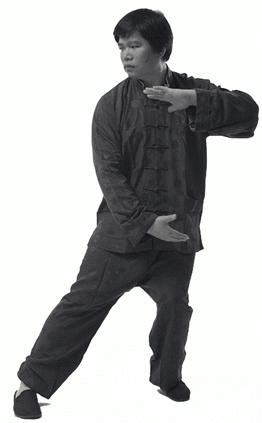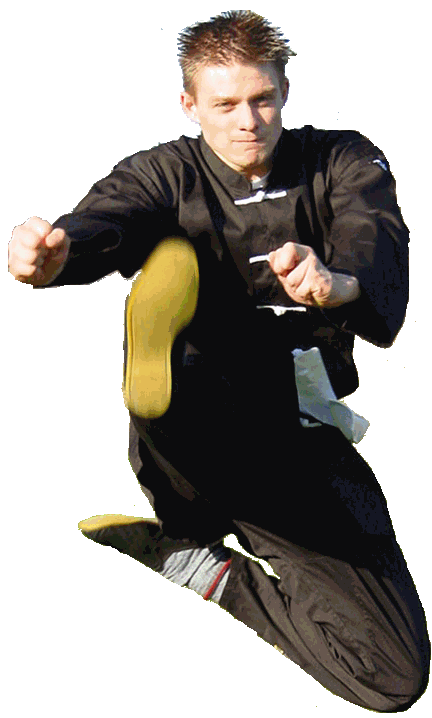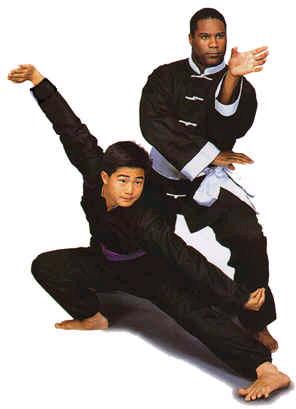|
|
|

Forms are a continuous sequence of moves that can range from just a few moves to hundreds of moves. Forms,
also known as Kata in Japanese, represent a means for a martial arts student to perfect, practice, and develop
his martial art technique and understanding. Forms are similar to combinations, but much harder to do because
the student has to perform a long series of moves in combination with each other and maintain the proper basic
technique elements.
Each Chinese form also contributes specific developments to the student’s overall abilities. Some forms develop
stances, while other forms develop kicks or breathing. Forms represent the essence of Chinese Kung Fu for in
them are found all the elements and secrets of the Chinese arts. Students learn mental and physical control,
patience, and discipline along with discovering the secrets of self-defense, conditioning and flexibility.
Forms represent an encyclopedic history of a particular style. By understanding the forms, students can begin
to learn the history of the style they study and even the conditions that brought about the changes in one
particular style over another. The students can begin to think along the same lines, perhaps, as the ancient
developers of the forms.

When performing Kung Fu, the stance work is very important. Without a good stance, you won’t have a good
foundation on the floor for balance and power. You must remember to always move from stance to stance swiftly
and to plant solidly in a stance before blocking or striking.
One area that many students ignore is keeping their head level when moving from stance to stance. You must
keep one knee bent as you move a foot and only after it is planted do you shift the weight to the other leg. If you
straighten up before or during a transition for a stance, you will lose your root to the floor, move slower, and
have trouble maintaining your balance while moving from stance to stance.
When stepping, always place the heel lightly on the floor. Then slowly lower the foot. As you lower the foot,
you must keep all the weight on the opposite leg to maintain balance and a root to the floor. Only after the foot
is planted should you begin to shift the weight to the other leg. Always remember, touch the heel, lower the
foot, and then shift the weight.

Tension moves in forms are for development of specific muscles group and for the strength development for
grabbing and pulling or pushing. One of the main objectives of forms was to exercise the body. These tension
moves were designed using dynamic tension to exercise specific muscle groups that the masters thought
necessary for specific fighting purposes. Some are designed to increase the shoulder strength, biceps, forearms,
wrists, and even the hands. These all play necessary rules in self-defense situations.
The other main reason for these moves necessitates fighting situations one might encounter. For instance when
in a fighting situation you might try to pull the other person off balance and encounter resistance. In order to
match that person’s resistance requires extreme amounts of strength. These tension movements help you
develop that strength. Almost all the tension moves in the form exercise the arms. It is because your arms are
your main blocking and striking tools. These exercises mainly develop a person’s blocking and striking power.
